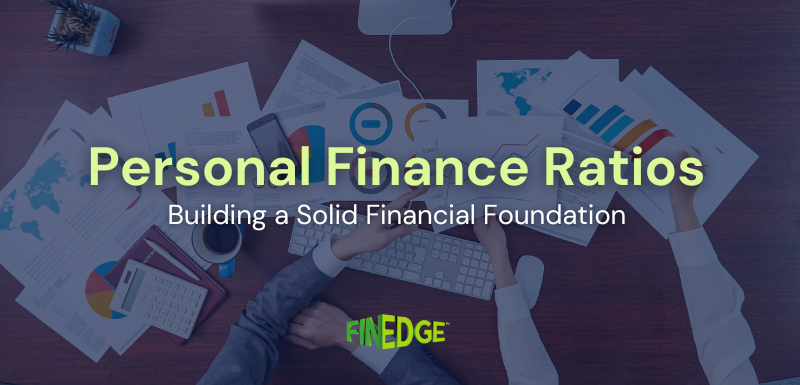Should You Invest Through a Robo Advisor?

Robo Advisors offer convenience and unbiased recommendations, but can they shield you from investment biases? A Bionic Model may be the answer! Combining technology with human expertise could be the key to smarter investing.
Globally, we’re witnessing the rise of a new kind of investing platform – the “Robo Advisor”. It is estimated that nearly 183 Billion USD of assets have been invested through such Robo Platforms in the United States alone.
Essentially, Robo Advisors involve a sophisticated customer profiling, investment suitability analysis and transaction execution platform, rolled into one. A Robo Advisor is nothing but a software program that captures information about you, and runs algorithms to churn out investment recommendations that are in line with your unique requirements.
In India, Robo advisory platforms are yet to pick up pace. According to Statista, a leading statistics and studies portal, cumulative assets managed by Robo Advisors in India are just 7 Million USD (roughly Rs. 45 Crores) as on date. The same report also predicts that assets managed by Robo Advisors in India will rise to 100 Million USD in another 4 years – an impressive annualized growth rate of 97.4%.
Whether or not Robo Advisors in India clock the impressive growth trajectory that has been prophesized by pundits is open to speculation – but an important question hangs in the air today, that is: should you be investing your hard-earned money through one?
Convenience – The Obvious Plus Point
Scheduling meetings, battling traffic, duelling for a parking spot and going through the obligatory inane conversation before getting down to the business of discussing investments and signing mountains of paperwork – who really wants to do that anymore? Robo Advisors afford you the convenience of making investments without having to leave your desk. Most Robo Advisory platforms also save you from the hassles of paperwork, allowing you to make online investments into Mutual Funds and other financial assets.
No Human Bias to Colour Your Investment Recommendations
Ironically, the absence of an aggressive Life Insurance salesman at your doorstep may actually prove to be a plus point in the long run. Since Robo Advisors effectively do not “sell” you anything, the chances of being misled by them into high costs, low yielding savings products such as traditional Life Insurance plans is small. Once you receive the recommendations from your Robo Advisor, you can coolly evaluate them by conducting your own independent research, or running the past a trusted confidante.
But will Robo Advisors Save You From Your Worst Investing Enemy?
It’s a well-known fact that when it comes to investing, your long-term returns will largely hinge upon how you handle your own behavioural biases. Prima facie, making investments might look easy enough; but countless horror stories of highly intelligent people who burned their fingers investing their money abound. Robo Advisors are at best, an ineffectual solution to the problem of greed and fear colouring your investment decisions.
Say, for instance, a first time investor in Mutual Funds had invested Rs. 10 Lakhs into an equity fund towards the end of 2007 through a Robo Platform. In the carnage that followed, most equity fund NAV’s fell by 50% to 60%. In such a situation, it’s highly likely that the investor would end up pulling out moneys at the wrong time, owing to the “loss aversion bias”. Similarly, biases such as the “conservatism bias” would likely ensure that a Robo Advisory client would end up deploying money into high risk assets even after their core fundamentals changed, as there would be nobody to counsel him or her otherwise. Other biases, such as the “sunk cost bias”, would probably ensure that a Robo Advisory client would continue to hold on to underperformers in the misguided hope of them rebounding, simply because he or she had already “held on to it for so long”. This is by no means a comprehensive list of behavioural biases that plague investors on a daily basis – there are at least twenty more!
The solution: a “Bionic” Model
In testing situations, the support of an Advisor proves invaluable. The inevitable vagaries of the securities markets can lead even the most resolute investor to take all sorts of rash decisions. What’s the solution, then? A model that combined the convenience of paperless transactions and a tech enabled platform, with a deft human touch. Advisory firms in India need to think like humans - while functioning with the efficiency of Robos. The solution lies in a ‘Bionic’ Financial Advisory model where human Advisors interface with clients, but using a platform that is paperless and convenient. Such a model will combine convenience with quality advice and empathetic Financial Planning and investment counselling, yielding a high-quality experience for investors.
Your Investing Experts
Relevant Articles
Understanding the Financial Planning Pyramid: Building Your Finances the Right Way
Most people juggle several financial goals at once, an emergency fund, retirement planning, a child’s education, or even short-term lifestyle goals like travel. Without a proper framework, it becomes difficult to decide what to tackle first. The Financial Planning Pyramid offers a simple and effective way to bring structure to your financial life. It ensures that essential protections are in place before you start saving and investing for long-term wealth.
Personal Finance Ratios You Should Understand Before You Start Investing
Successful investing begins long before you pick funds or set return expectations. It starts with understanding your financial foundation, how much you earn, how much you spend, and how much is left to invest consistently. These simple but powerful personal finance ratios offer a clear view of your financial health and help you make informed, goal-aligned decisions.
Why Mutual Funds Are the Smartest Way to Build Your Child’s Marriage Fund
Indian weddings are beautiful but expensive affairs, and their costs are rising every year. Mutual fund SIPs can help you plan ahead, ensuring your child’s big day is celebrated without financial stress.
.png)


.png)